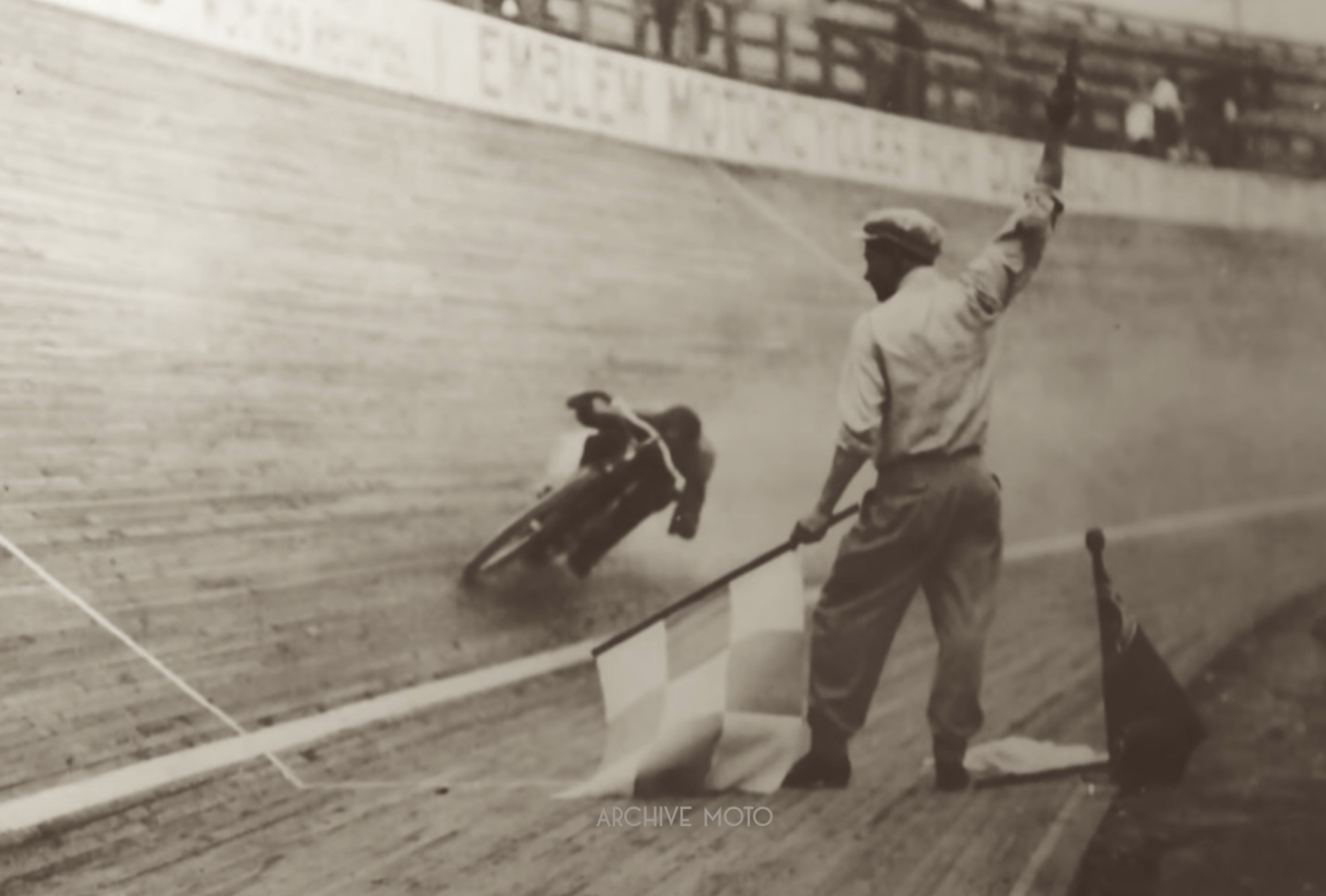Attrition. One of the major issues concerning the population of capable professional racers which weighed heavy on the era of the motordrome, one of America’s favorite motorsports in the early teens. Having exploded in popularity since its introduction in 1909, by 1913 the dangerous sport of board track motordrome racing was hitting its peak, with around 18 tracks operating around the country and another 9 or so to come in the next 2 years. Thrilling, dangerous, controversial, and lucrative, the sport of board track racing had never been as popular as it was in 1913. The peril’s of the sport though had already claimed the life of a dozen racers, killing a nearly equal number of spectators, and injuring or maiming dozens, and dozens more. Despite the risk, or perhaps as a result of it, the fans still filled the bleachers atop the treacherous saucers leaving promoters constantly searching for new competitors.
Traditionally, many of the pioneer stars of the American motordrome were either self taught, or younger apprentices of the sport’s first icons. However, as published in an article in Motorcycle Illustrated back in the Spring of 1913, the rigorous process of becoming a professional board track racer through a more structured approach was laid out, giving us a glimpse into what it took turn the timbers as a professional racer on America’s glorious motordromes. Like with any sport, try-outs were the first step. For the 1913 season, a training camp was set up at for the first time at the St. Louis Motordrome. At 1/4-mile long the St. Louis track was typical for the circular motordromes of the day, however at 62 degrees the banking was the steepest that would ever be built in the history of the sport. Around 125 applicants from around the country, as well as from Great Britain and Europe came that spring to shoot for a spot within the midwest circuit. Each prospect was allowed 15 minutes to demonstrate their capabilities, many of which having never stepped foot on a banked wooden track surface before. If you fell, acted brashly or unsafely, or failed to keep the machine running you were immediately cut. For those who made the first round, the training camp would determine wether or not they ever saw action under the lights of an American motordrome.
The first lessons at the training camp focused on fuel control, sending hopefuls one at a time around the lowest part of the track, below the white line, periodically gassing their machines every 30 yards or so. Then came the lessons on oiling, as that was yet another essential responsibility to keeping your machines running while blasting around the inclines at full clip. Each rider spent a few days proving their abilities on this tame, lower section of the timbers, gradually acclimating to the steep incline and developing a feel for how to maintain focus, balance, and a properly running machine. Eventually, two riders were allowed onto the track at the same time, and when the instructor felt they were ready they then repeated their simultaneous runs on the track at night as that was when most motordrome races took place. Cuts revolving around safety, proficiency, and attendance continued throughout the process allowing only the most capable to remain. Eventually, the riders were permitted longer runs at an increasing height on the track, more riders were introduced until, finally there were as many as 6 racers whizzing around the boards at the same time. Again, these transitions were first facilitated in the warmth and visibility of the sun, but by the end of the training period all runs were being made at night. The final stages consisted of lectures concerning emergency situations and responses. Power failures of the arc lights, track incidents, racer contact, track surface hazards, etc., it was only if a rider had made it to this stage in the training camp that he would be given a chance at signing up for a league team in the midwest.
Avid racer Brownie Carslake headed up the successful new training program in St. Louis in what is a prime example of the growing uniformity and industrialization of motorsports at that time. Veteran racer Arthur Chapple repeated the idea with a similar camp at the Brighton Beach Motordrome that same year, with about 40 applicants showing up to have their shot at fame and fortune. However, this more mechanized approach to the motordrome sport seemed to evolve a bit too late as the era of America’s infamous motordromes would soon draw to an end. The last circular board track motordromes were built the following year in 1914, and motordrome races was already a memory by the time America became entangled in WWI. It took an incredible amount of grit to be a real motordrome racer, not only to be willing but to be to be capable. These young men had to have a determined strength, from their muscles to their bones, lightning fast synapses and reflexes, keen senses, and boat loads of nerve. However, for those who made the cut, they have become icons of our culture.

